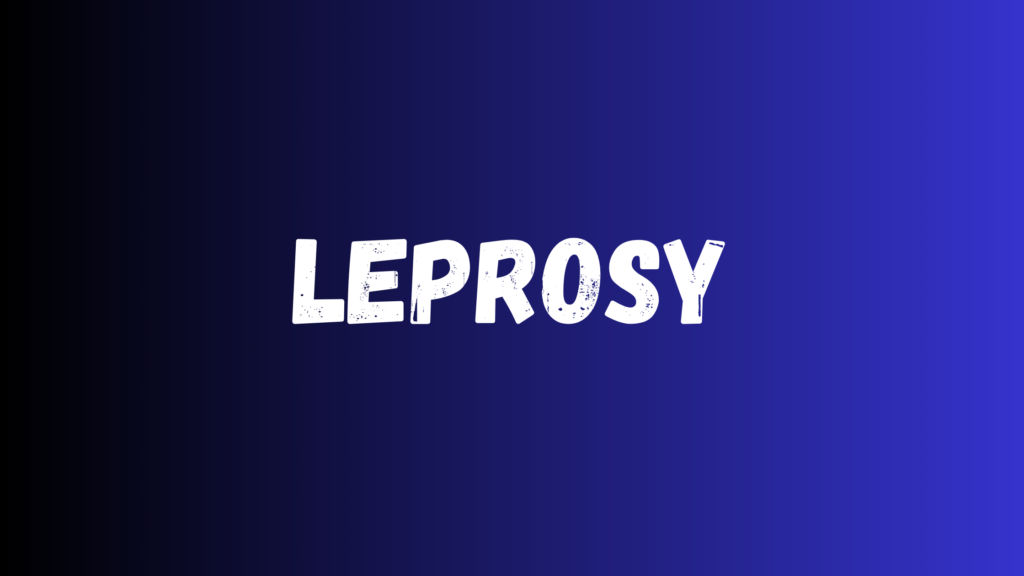What is Leprosy? 🦠🧑⚕️
Leprosy, also known as Hansen’s disease, is a chronic infectious disease caused by the bacterium Mycobacterium leprae. It primarily affects the skin, peripheral nerves, mucous membranes, and eyes.
How is Leprosy Transmitted?
- Thought to be spread through prolonged close contact with an untreated infected person, mainly via respiratory droplets (coughing or sneezing)
- Not highly contagious; most people have natural immunity
- Incubation period can be several years
Symptoms
- Pale or reddish skin patches with reduced sensation (numbness) 🟡🔴
- Thickened nerves causing muscle weakness, especially in hands and feet ✋🦶
- Numbness and loss of feeling leading to injuries and ulcers
- Eye problems including dryness and vision loss in severe cases 👁️
- Nose stuffiness or nosebleeds in some cases
Types of Leprosy
- Tuberculoid leprosy: Milder form with fewer skin lesions and nerve involvement
- Lepromatous leprosy: More severe, widespread skin bumps and nerve damage
- Borderline leprosy: Intermediate form with variable symptoms
Diagnosis
- Clinical examination of skin lesions and nerve involvement
- Skin smears and biopsies to detect bacteria
- Nerve function tests
Treatment
- Multidrug therapy (MDT) combining antibiotics like dapsone, rifampicin, and clofazimine for 6 months to 2 years
- Early treatment prevents disabilities and stops transmission
- Supportive care for nerve damage and deformities
Prevention 🛡️
- Early diagnosis and treatment of cases
- Avoid prolonged close contact with untreated patients
- Community awareness and screening in endemic areas
